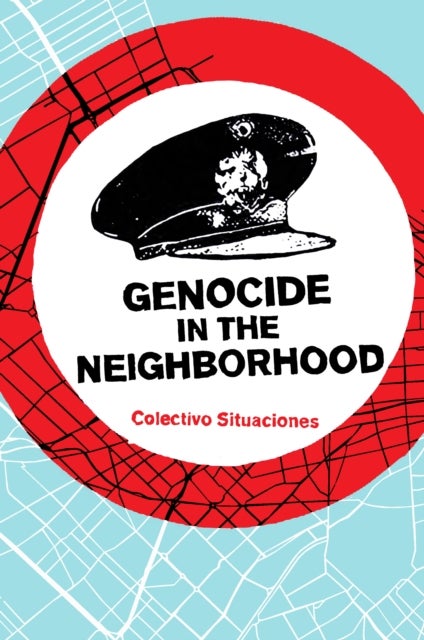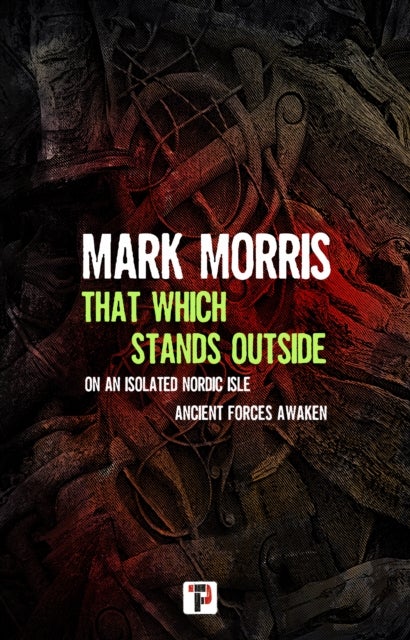
Genocide in the Neighborhood av Colectivo Situaciones
229,-
<p><b>Documents the theories, debates, successes, and failures of a rebellious tactic to build popular power.</b></p><p><i>Genocide in the Neighborhood</i> documents the autonomist practice of the “escrache,” a system of public shaming that emerged in the late 1990s to vindicate the lives of those disappeared under the Argentinean dictatorship and to protest the amnesty granted to perpetrators of the killing. </p><p>The book is an example of militant research, an investigative method that Colectivo Situaciones has pioneered. Through a series of hypotheses and two sets of interviews, <i>Genocide in the Neighborhood</i> documents the theories, debates, successes, and failures of the escraches—what Whitener provisionally defines as “something between a march, an action or happening, and a public shaming—investigates the nature of rebellion, discusses the value of historical and cultural memory to resistance, and suggests decentralized ways








